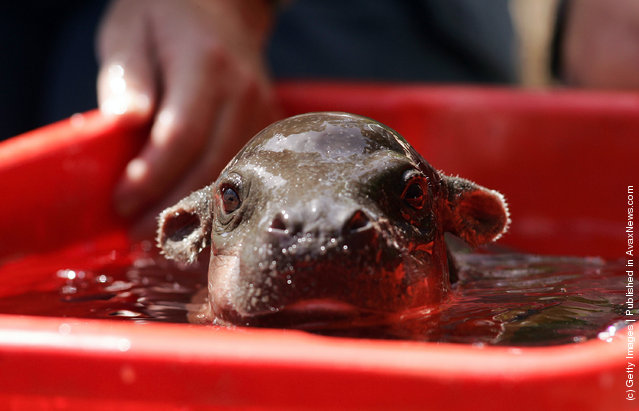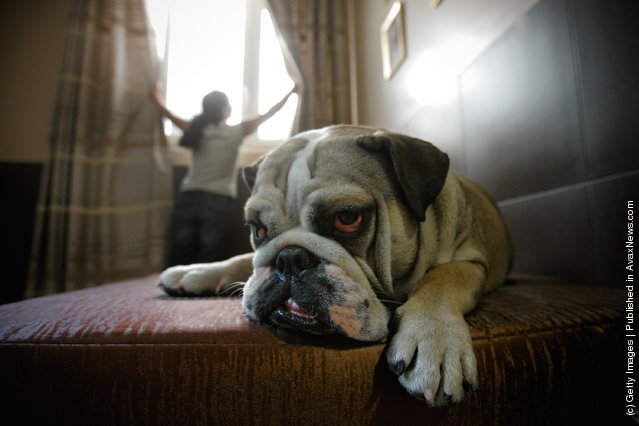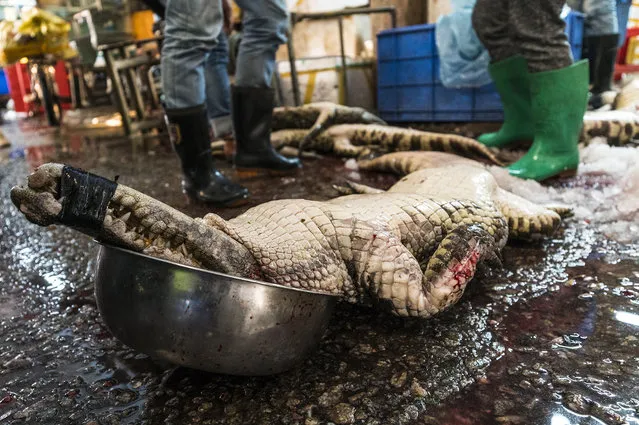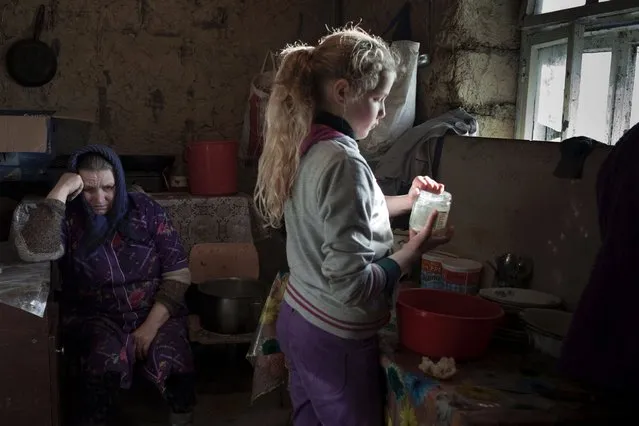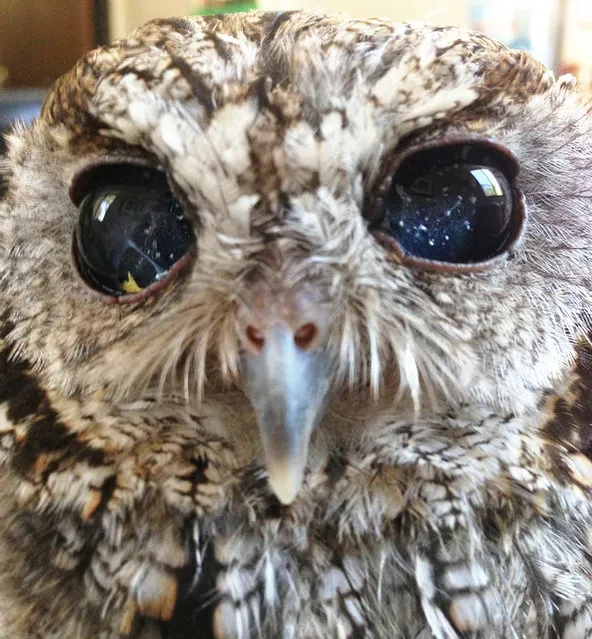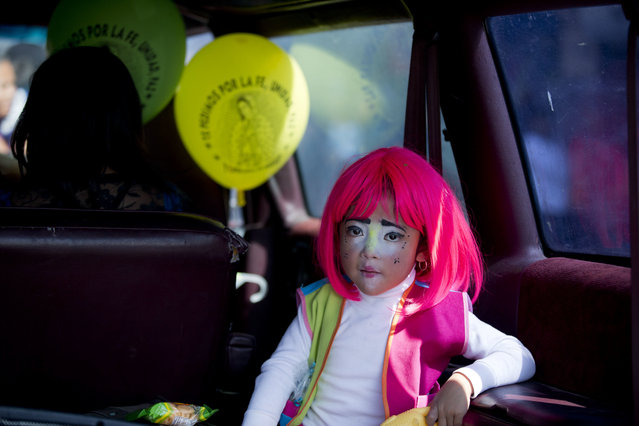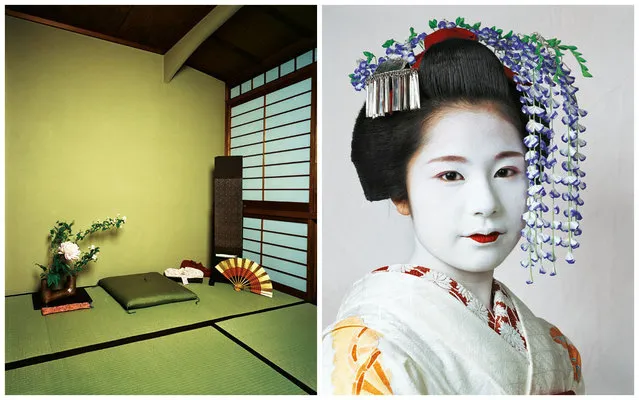
Where Children Sleep – stories of diverse children around the world, told through portraits and pictures of their bedrooms by James Mollison. This is a selection from the 56 diptychs in the book (Chris Boot November 2010). The book is written and presented for an audience of 9-13 year olds‘ intended to interest and engage children in the details of the lives of other children around the world, and the social issues affecting them, while also being a serious photographic essay for an adult audience.
17 Apr 2014 14:23:00,post received
0 comments

